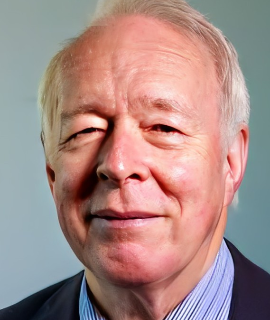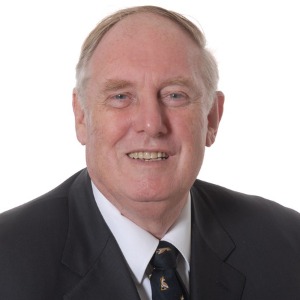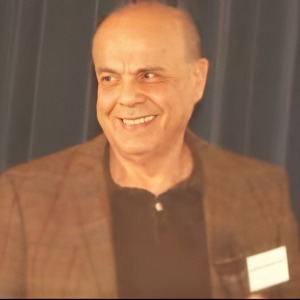Virtual and Augmented Reality
Virtual and augmented reality (VR/AR) play a significant role in the dental sciences. Through the use of these technologies, dentists are able to accurately diagnose and treat patients in a faster, safer, and more efficient manner. In the field of dental science, dental VR/AR training systems are used to educate dentists, orthodontists, and other dental specialists. This type of virtual reality is used to display dental anatomy and teach students and professionals techniques in a safe, immersive environment. By utilizing medical simulation, students and practitioners can safely learn through directed and supervised experiences. In addition to educational benefits, virtual reality is also used to improve a patient's dental visit by providing detailed visuals of a patient's oral health. Augmented reality (AR) is also used to provide an immersive experience to dentists and their patients. Augmented reality has the ability to give dentists a more accurate 3D view of a patient’s mouth, providing more detailed information than could be achieved from traditional methods. Additionally, AR headsets allow dentists to construct and place a denture virtually before the patient even arrives at the practice. AR can also assist with implant or corrective surgery, where accuracy is absolutely essential. VR and AR technologies have the potential to facilitate rapid advances in dental sciences ranging from patient care to active learning simulations. Training with VR can assist clinicians in providing better care for their patients, as well as allowing for quicker diagnoses and care plans. Augmented reality, on the other hand, helps dentists to get a better picture of the patient’s condition in order to provide the appropriate treatment. VR and AR can also help dental professionals hone their skills by using a variety of virtual and augmented reality programs. Overall, the use of VR and AR technologies can help clinicians provide better quality care to their patients. With these technologies, practitioners can provide quicker and more accurate diagnoses and save patients time while receiving treatment. By leveraging the power of VR and AR, dentists can easily access detailed visuals and improve their patient care experience.

David Geoffrey Gillam
Queen Mary University of London, United Kingdom
Christopher Turner
Spacemark Dental, United Kingdom




Title : Evaluating hygienist follow up for head and neck oncology patients in secondary care: Results from a two cycle audit
Peter Basta, Newcastle Dental Hospital, United Kingdom
Title : Atypical facial pain unravelled
Christopher Turner, Spacemark Dental, United Kingdom
Title : New treatment of temporomandibular disorder through muscle balance and muscle regeneration by activation of quiescent muscle stem cells( satellite cells) with mitochondrial dynamics
Ki Ji Lee, National Reserach Foundation & Busan Medical University, Korea, Republic of
Title : MRONJ and ORN: Referral or management in primary care? Navigating guidelines in the context of long waiting lists
Alisha Sagar, NHS England, United Kingdom
Title : Managing the unexpected: An Insight into supernumerary teeth
Bahar Gharooni Dowrani, Guy's and St Thomas' NHS Foundation Trust, United Kingdom
Title : Laxative prescribing for post operative head and neck cancer patients at Derriford Hospital
Pui Sze Kylie Li, Cardiff and Vale University Health Board, United Kingdom